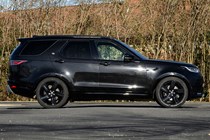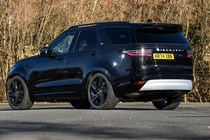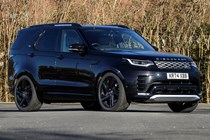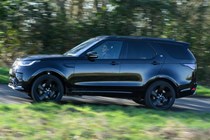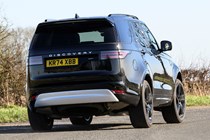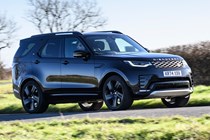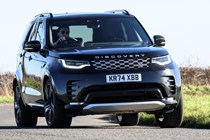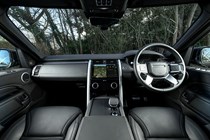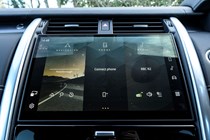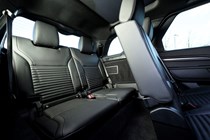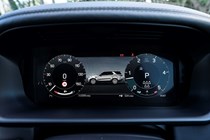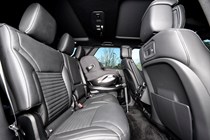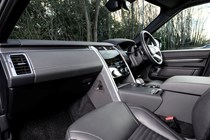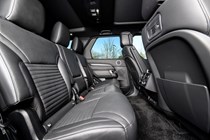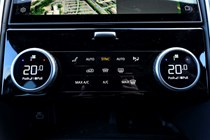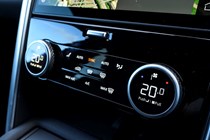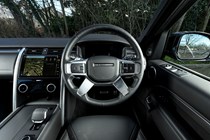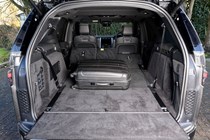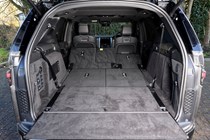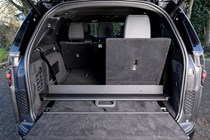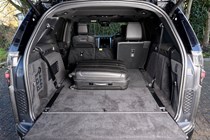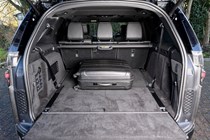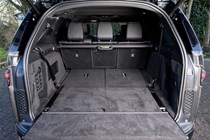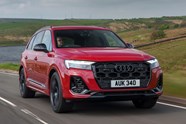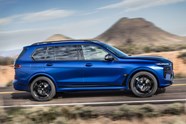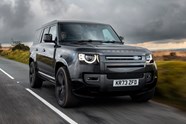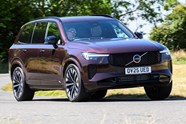
Land Rover Discovery review: Still high and mighty
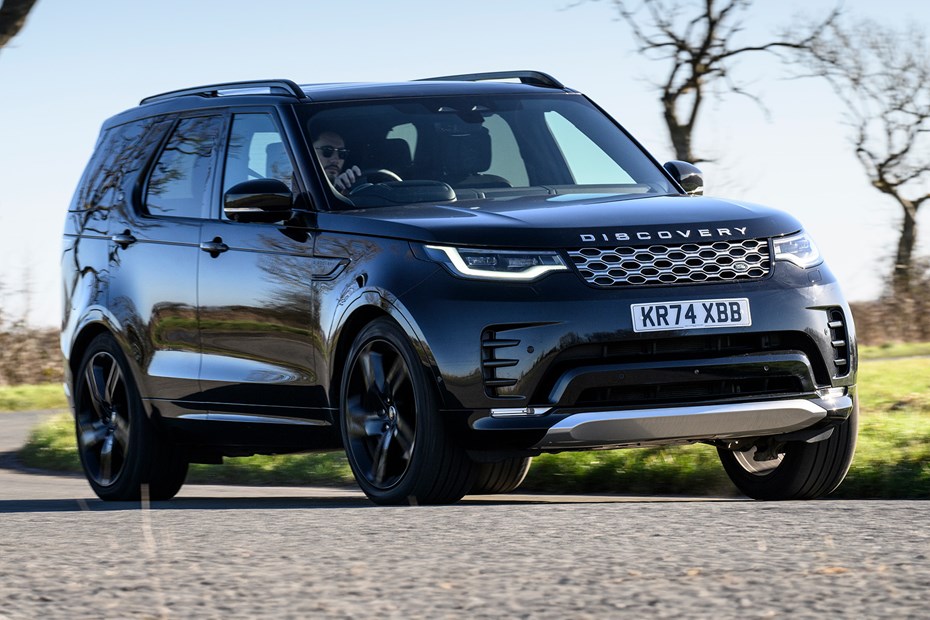
At a glance
| Price new | £66,190 - £85,100 |
|---|---|
| Used prices | £8,907 - £61,938 |
| Road tax cost | £315 - £735 |
| Insurance group | 33 - 46 |
Get an insurance quote with

|
|
| Fuel economy | 23 - 35.1 mpg |
| Range | 509 - 729 miles |
| Miles per pound | 3.4 - 4.5 |
| Number of doors | 5 |
| View full specs for a specific version | |
Available fuel types
Petrol
Diesel
Pros & cons
- Punchy performance despite size
- Great off-road, good on it
- Ample room for seven adults
- Premium pricing, costly options
- Unweildy in towns and cities
- Defender overshadows it
Land Rover Discovery SUV rivals
Overview
Should you buy a Land Rover Discovery?
If you want a large seven-seat SUV that is actually able to fit seven adults in comfort, you’ll struggle to find anything better than the Land Rover Discovery. Even though it’s been on sale for almost a decade, it remains a hugely versatile and practical family car and also has a gigantic boot in either two- or five-seat mode.
While the Land Rover Defender has stolen a lot of the Discovery’s limelight, and is slightly better to drive, we think there are still plenty of reasons to choose it, and it bridges the gap well between the more rugged Defender and luxurious Range Rover.
What’s new?
From fairly humble beginnings in 1989, the Land Rover Discovery has evolved into a fully-fledged premium entrant in the hugely popular SUV segment. Obviously, it is now the bedrock of the Land Rover product line-up, and is still on the top of lots of buyers’ shopping lists for their seven-seater family cars. Oh yes, and it goes off-road, too…
Today, it’s under attack from other Land Rovers, chief of which is the brilliant and slightly cooler Land Rover Defender 130. The Discovery also finds itself on the same shortlists as other upscale off-roaders, such as the Audi Q7, BMW X5 and Mercedes-Benz GLE, which can’t hope to keep up with the Land Rover off-road, but do a jolly good job of relaxing their drivers on it.
Though the current generation of Discovery has been around since late 2016, Land Rover has continued to update it over the years. A 2021 facelift brought a design refresh and a more modern interior design, including a new touchscreen but, thankfully, still plenty of physical buttons.
In 2024 Land Rover also reduced the engine line-up to just one diesel engine: the D350. second 0-62mph time, which is quite something in a car of this size. It’s a lusty power unit delivering a sub-six second 0-62mph time, which is quite something in a car of this size.
Practicality is a strong point with ample head- and legroom for the front five occupants, and more than adequate space for the rear two. Despite its size and heft, the Discovery is a decent car to drive on the road, majoring on a comfortable ride and handling that’s confidence inspiring and belies its weight and size.
There are several specifications to choose from – ranging from the entry-level S to the Metropolitan edition, which sits above the HSE – and there’s also a van version called the Land Rover Discovery Commercial. Recognising that it’s getting slightly long in the tooth, Land Rover has also introduced a few special editions, including a 35th Anniversary Edition to mark the Discovery’s birthday, as well as a top-spec matte black model called the Tempest.
Click through the rest of the review to read the definitive guide to the Land Rover Discovery, including how much it costs to run, what it’s like to drive, how it copes with family life and whether we recommend it or not. If you’d like to learn more about how we evaluated the Land Rover Discovery, check out our how we test cars page.



